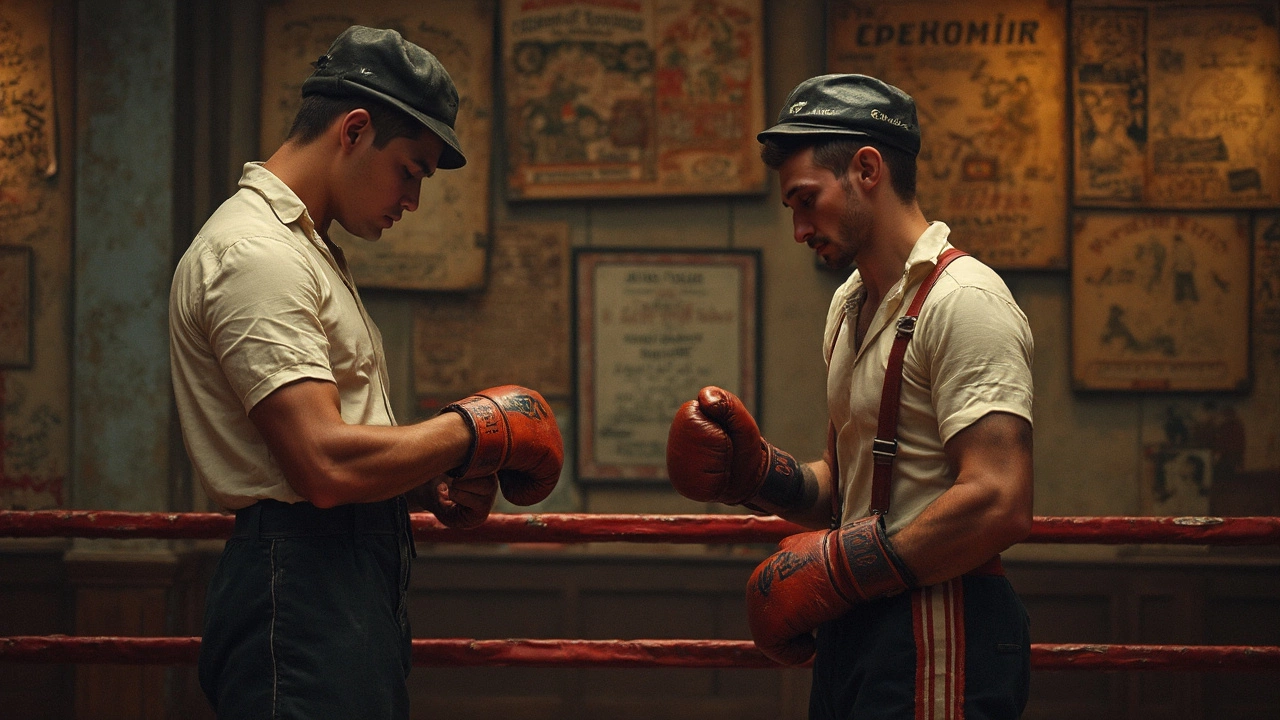
Boxing History: A Quick, Friendly Tour
Ever wonder how boxing went from bare‑knuckle street bouts to the polished sport we watch on TV today? You’re not alone. In the next few minutes we’ll walk through the big moments, the people who made the sport famous, and why the rules we see now matter.
From Bare‑Knuckle Beginnings to the Glove Era
Boxing didn’t start with a fancy ring or championship belts. Ancient Greeks held pugilistic contests as part of the Olympic Games, and the Romans loved blood‑sport fights in the arena. Those early matches were brutal, with very few rules – essentially a test of who could stay standing longest.
Fast forward to 18th‑century England. Public houses started hosting “prizefighting” events. Fighters used fists only, no gloves, and rounds lasted until someone fell. That’s when the infamous Jack Broughton stepped in. In 1743 he introduced the first safety rules – a padded glove for sparring, a “thrown” rule to stop a man from being hit while down, and a 30‑second rest between rounds. Broughton’s code laid the groundwork for modern regulations.
The real game‑changer arrived in 1867 with the Marquess of Queensberry Rules. Those rules demanded gloves, three‑minute rounds, and a ten‑second count for knocked‑down fighters. They turned wild brawls into a sport you could watch in a respectable venue. Today, every professional bout still follows a version of those rules.
Legends that Shaped the Ring
If you think boxing history is only about rules, think again. The sport’s soul lives in its stars. Jack Johnson became the first Black heavyweight champion in 1908, breaking racial barriers despite massive backlash. His confidence and skill forced the world to reckon with both talent and prejudice.
Then came the “Greatest” – Muhammad Ali. Not just a boxer, Ali turned the sport into a cultural moment. His fights with Joe Frazier and George Foreman were more than athletic contests; they were events that sparked conversations about race, war, and identity.
On the other side of the Atlantic, British boxer Lennox Lewis proved that a welter‑weight could dominate the heavyweight division, winning three world titles and ending his career with a perfect record. Each of these fighters left a playbook of techniques, mind‑sets, and stories that coaches still use today.
Even women have made their mark. The first women’s boxing match in the U.S. took place in 1993, and the sport now boasts stars like Katie Taylor and Claressa Shields, who are changing how fans think about gender and strength.
Today, technology adds another layer. Live streaming lets fans watch fights from any device, while data analytics helps trainers fine‑tune a boxer’s footwork and punch speed. Yet the core excitement – two athletes testing each other’s limits – stays the same.
So, whether you’re a newcomer curious about those iconic bouts or a seasoned fan looking for a quick refresher, remembering the key milestones helps you appreciate why boxing remains one of the world’s most thrilling sports.
Now that you’ve got the basics, the next time you hear a fight hype you’ll know exactly why the gloves, the rounds, and the legends matter – and you’ll see the sport with fresh eyes.
